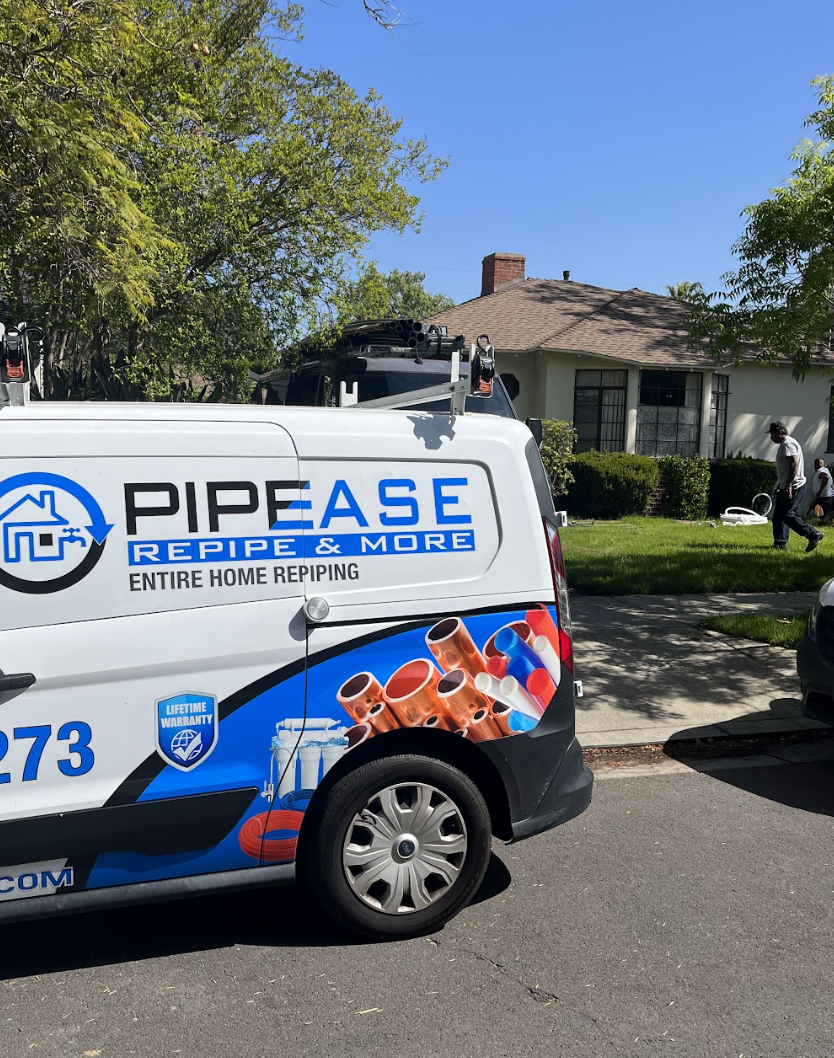Considering a repipe for your home? Understanding the estimate process is key to making informed decisions and ensuring a successful project. In this beginner-friendly blog post, we’ll break down how the estimate process of a repipe works, demystifying the steps involved and helping you navigate this essential aspect of home maintenance.
Initial Assessment:
The estimate process typically begins with an initial assessment of your home’s plumbing system. A licensed plumber will inspect your pipes, assess their condition, and identify any issues such as leaks, corrosion, or inadequate sizing. This assessment provides valuable information that informs the scope of the repipe project and helps determine the cost.
Discussion of Options:
Once the assessment is complete, the plumber will discuss your options for repiping based on their findings. They may recommend partial or complete repiping, depending on the extent of the issues and your long-term goals. This discussion allows you to understand the available options and make informed decisions about how to proceed with the project.
Material Selection:
After discussing the options, the plumber will help you select the materials for your repipe. Common materials used for repiping include copper, PEX (cross-linked polyethylene), and CPVC (chlorinated polyvinyl chloride). Each material has its own advantages and considerations, so the plumber will help you choose the best option based on your budget, water quality, and specific plumbing needs.
Cost Estimate:
With the scope of work and materials selected, the plumber will provide a detailed cost estimate for the repipe project. This estimate should include the cost of materials, labor, permits, and any additional fees or expenses associated with the project. It’s essential to review the estimate carefully and ask any questions to ensure you understand the full scope of costs involved.
Timeline and Scheduling:
Along with the cost estimate, the plumber will provide information about the timeline and scheduling for the repipe project. This may include an estimated start date, duration of the project, and any necessary accommodations or preparations on your part. Clear communication about the timeline and scheduling ensures that both you and the plumber are on the same page and can plan accordingly.
Finalization and Agreement:
Once you’ve reviewed the estimate and discussed any questions or concerns, the final step is to finalize the agreement. This may involve signing a contract or agreement outlining the scope of work, materials, costs, timeline, and other important details. Make sure to read the agreement carefully and clarify any ambiguities before signing to avoid misunderstandings later on.
Conclusion:
The estimate process of a repipe is an essential step in ensuring a successful project. By understanding the steps involved, discussing your options with a licensed plumber, and reviewing the estimate carefully, you can make informed decisions and confidently move forward with your repipe project. If you’re considering repiping your home, don’t hesitate to reach out to a qualified plumber to schedule an assessment and discuss your options!


Add Comment